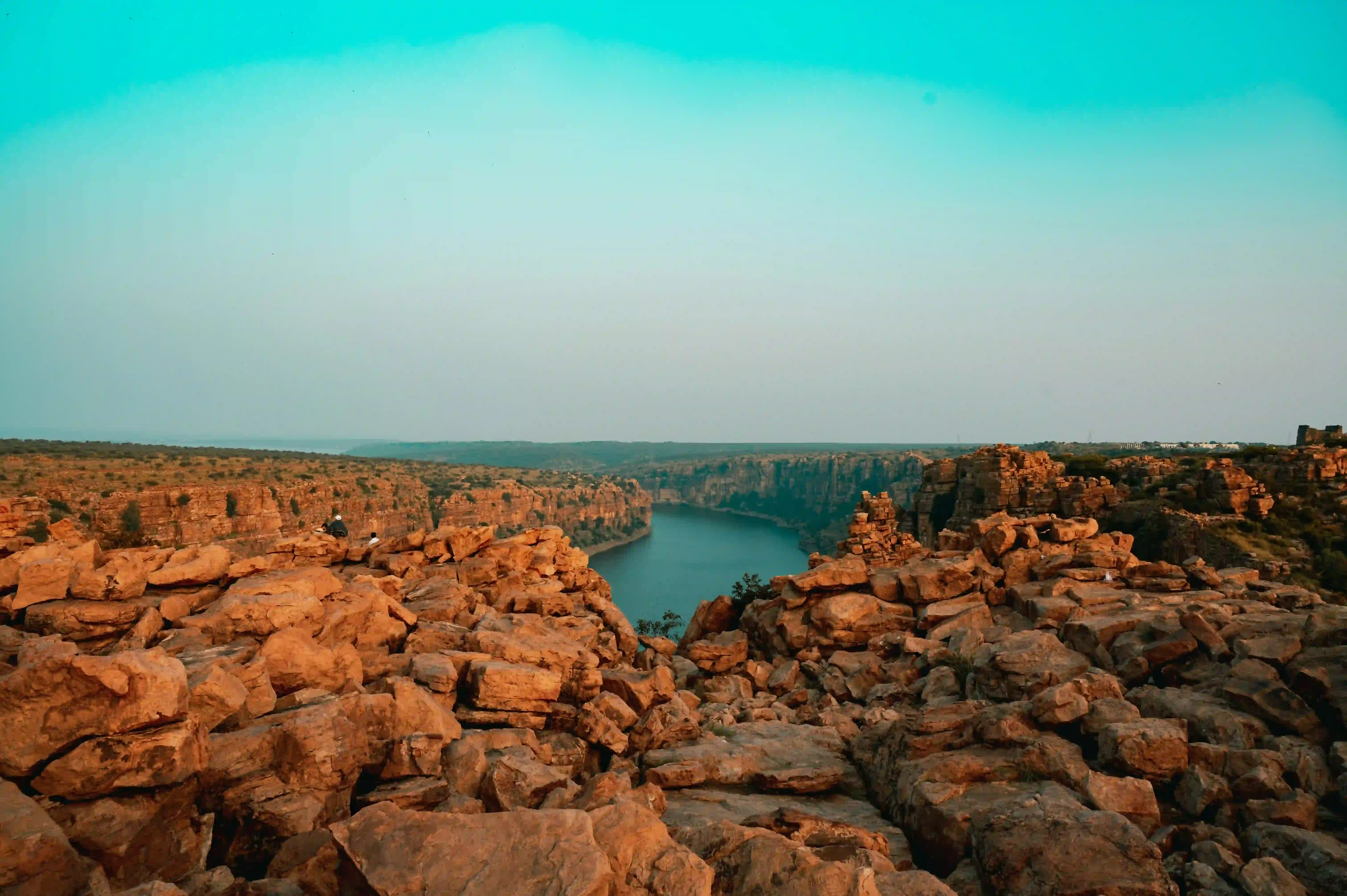The Chaukhandi Stupa in Sarnath represents a profound intersection of architectural evolution, spiritual significance, and historical narrative. Nestled in the heart of Varanasi, Uttar Pradesh, this monument stands as a silent witness to the rich Buddhist heritage of India, tracing its roots back to the transformative periods of Emperor Ashoka and the Gupta Empire.
The stupa's origins are deeply intertwined with the foundational moments of Buddhism. It commemorates the sacred site where Lord Buddha encountered his first five disciples, a pivotal moment that would shape the trajectory of a global spiritual movement. The architectural layers of the stupa tell a complex story of cultural and historical transitions, from its original square foundation to the later Mughal additions.
Archaeological excavations, particularly those led by John Marshall in the 19th century, have been instrumental in revealing the stupa's original structure. The three-tiered design, with carefully constructed terraces supported by intricate wall systems, provides insight into the sophisticated architectural techniques of the Gupta period. Each terrace, approximately 12 feet high and broad, demonstrates the precision and artistic sensibility of its creators.
The most distinctive feature of the Chaukhandi Stupa is perhaps its octagonal tower, added in 1588 AD by Govardhan, son of Raja Todarmal. Known as the Humayun Burj, this 23-foot structure was built to commemorate the Mughal Emperor's visit, creating a unique architectural hybrid that blends Buddhist and Mughal design elements. This addition symbolizes the complex cultural interactions that have defined the Indian subcontinent's historical landscape.
The stupa's significance extends beyond its physical structure. It represents a critical site in Buddhist narrative, located in Sarnath where Buddha delivered his first sermon. The environment surrounding the monument, with its serene green lawns, offers a contemplative space that invites reflection on spiritual journeys and historical continuity. Visitors can experience a tangible connection to centuries of religious and cultural transformation.
Archaeological research has been crucial in understanding the stupa's evolution. Buried under layers of soil for centuries, it was gradually uncovered, revealing its intricate architectural details. The site's preservation efforts, now managed by the Archaeological Survey of India, ensure that this important historical monument remains protected and accessible to scholars and tourists alike.
The Chaukhandi Stupa's architectural details are particularly noteworthy. Its outer walls feature a series of carefully designed niches separated by pilasters, demonstrating the artistic sophistication of its creators. The cross walls reinforcing the structure showcase an advanced understanding of architectural engineering, typical of the sophisticated building techniques of the Gupta period.
In contemporary times, the Chaukhandi Stupa continues to serve as a powerful symbol of India's rich cultural tapestry. It attracts scholars, pilgrims, and tourists from around the world, offering a window into the profound spiritual and historical narratives that have shaped the region. As a protected monument, it stands not just as a historical artifact, but as a living testament to the enduring legacy of Buddhist philosophy and Indian architectural heritage.







